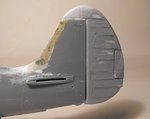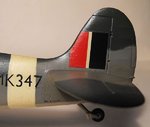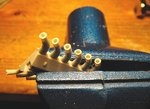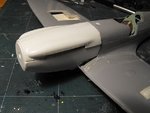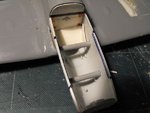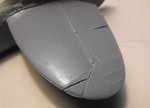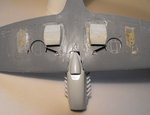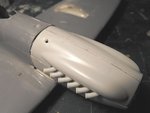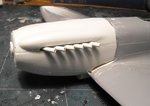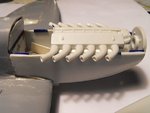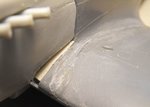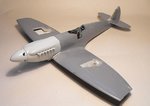Er...fun...mmm! Yeah, I suppose it is fun really!
New you were enjoying it so much...!
Follow along with the video below to see how to install our site as a web app on your home screen.
Note: This feature may not be available in some browsers.
Ad: This forum contains affiliate links to products on Amazon and eBay. More information in Terms and rules
Er...fun...mmm! Yeah, I suppose it is fun really!
